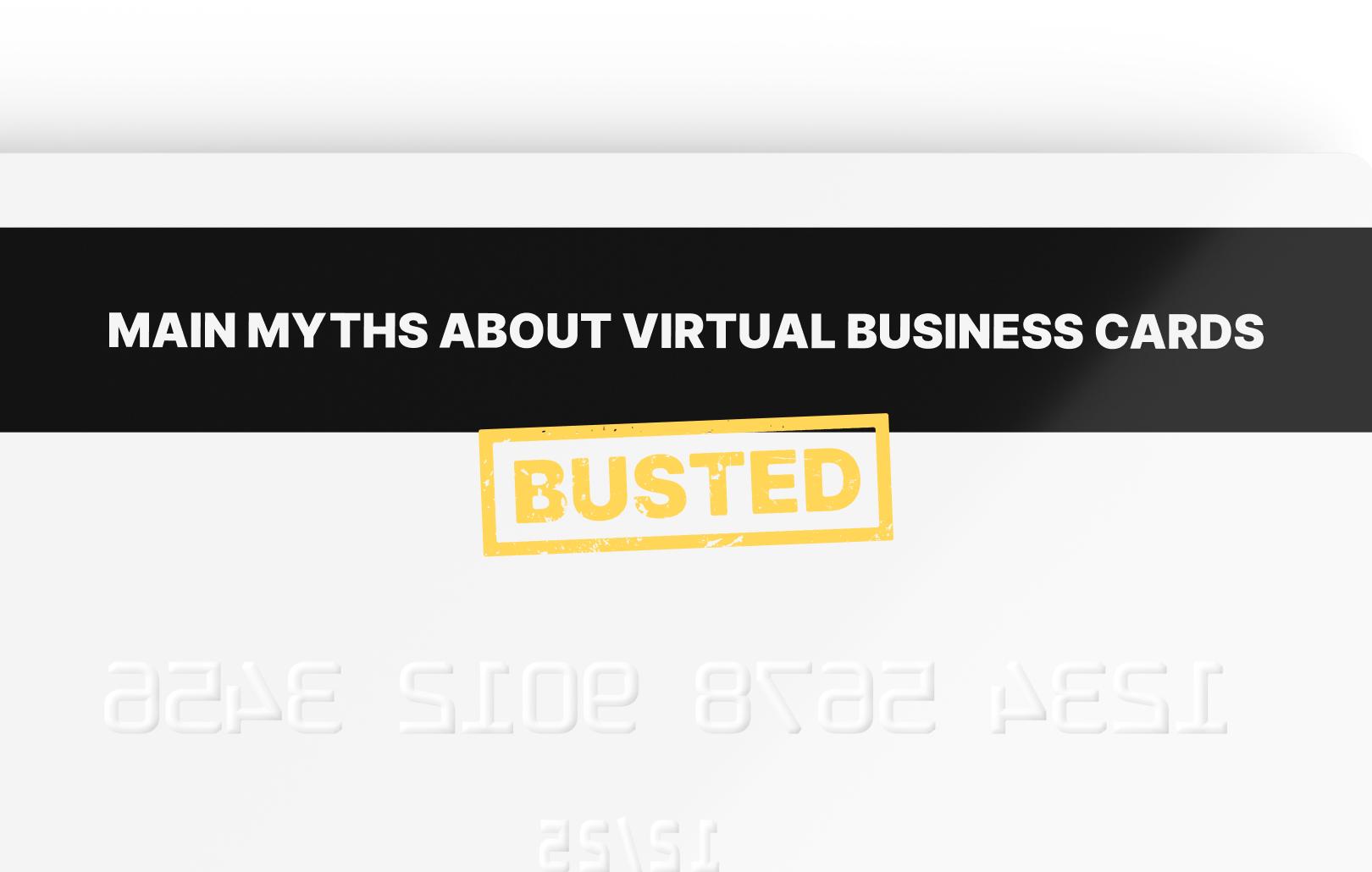10 Top Tips for Saving Money

Looking for efficient ways to save money and achieve your goals? Here are some ideas to help you.
Being able to afford that dream car, a beautiful set of designer tableware, the last iPhone, or that trip you’ve been dreaming of for years is not always just about having a three-figure salary. You’d be surprised but in most cases, financial literacy and smart saving tips can take you far (yes, even to that beautiful holiday destination). For many people though, saving and budgeting can be complicated and stressful, but when you have a clear goal in mind, putting money aside can actually boost your feelings of security and confidence. Of course, visualization techniques and wish cards can be effective for some, but for everyone else, we’ve put together a few suggestions that will help boost your bank balance and bring you much closer to your goals.
But before you start using these tips, remember that in order for them to act as rocket fuel for your money saving efforts, you need to be consistent and dedicated, and make putting money aside your stable habit.
Tip #1: Budgeting, budgeting, budgeting
Good news is that if you’re reading this article, you’re already one step closer to changing your routine to make money work for you and not the other way around. But where does the journey for successful budgeting start? Begin by analyzing your monthly cash flow (don’t stop reading now, it’s simpler than it seems): you need to understand how much money enters your bank account on a monthly basis, and how much of it gets spent and on what (monthly bills, rent, groceries, shopping on Amazon etc.). Here’s a quick algorithm that you might find helpful:
- At the end of the current month go through all your monthly transactions. No need to save all the checks for your purchases, you can simply use the transaction history feature in your digital banking app.
- Analyze your expenses dividing them into fixed (rent, utility bills, health insurance etc.) and variable costs (groceries, digital subscriptions, restaurant dinners).
- Evaluate the ratio of income to expenditures to understand how much you are managing to save or whether you’re overspending.
- Identify any variable costs that you would be able to cut down in order to put more funds towards your savings goals.
If this process seems a little overwhelming, take advantage of the budgeting apps that can guide you through every step in detail.
Tip #2: Designated savings account
One of the best ways to reduce the temptation to spend all your monthly income by the end of the month is separating the amount you want to save and storing it in a designated savings account. This way, you will be more encouraged to stick to your weekly & monthly budget, keeping your savings safe.
Many bank account providers have a savings account feature integrated into their offering. Reach out to your bank to find out if they have anything similar.
Tip #3: Savings automation
While we’re on topic, you can also use your savings account to automate your monthly contributions. This means that you can set an automated transfer on the day you receive your salary, which will transfer the amount you want to save from your main account to the savings one. By automating the process you will further reduce your chance of “forgetting” to save money and spending it all to cover your expenses.
Tip #4: Bills automation
Have you ever forgotten to pay your bills and had to cover a serious two or three figure additional charge? If yes, we consider it helpful to automate your bills, allowing utilities and telco companies to automatically withdraw funds from your account when a bill is due. This way, you will be able to cover your fixed costs in a simple and effortless way.
Tip #5: Limits can be good
Sometimes, the mood just calls for a profound and unapologetic online or physical shopping haul. But if you’re trying to save money, uncontrolled purchasing is one of your top enemies. Solution? Set a monthly spending limit on your card (and don’t extend it when it hits the bar). This will help you avoid overspending and will further encourage sticking to your budget. Most banking institutions provide this service directly through their mobile apps; limits usually extend to online & POS purchases, and ATM withdrawals.
Tip #6: Envelope budgeting system
You might have never heard about Dave Ramsey, but you’re likely to be familiar with his genius budgeting system called “envelope budgeting”. Ramsey suggests cashing all of your monthly income and allocate it into separate paper envelopes, depending on the spending purpose. Think of each of these envelopes as a separate wallet for your fixed and variable expenses, as well as savings. By being physically limited to the amount of cash you have allocated to each of these, you will avoid going beyond your monthly limits.
Tip #7: Spending too much on rent?
Have you ever calculated how much money you spend on rent every year? If you did, you’d be surprised. Cutting back on rent is among the fastest and most efficient ways to kick-off your savings progress. If you live alone, consider getting a roommate (this would allow you to split your rent and immediately put all that money towards your savings). If you already have a roommate, consider moving to a smaller room or selling all the household items, along with university textbooks, that you no longer use. Downsizing is a solid option for those who are looking for ways to make some extra cash.
Tip #8: Lights out
If you still prefer to live alone and have a hard time saying bye to the old tee table you never use, consider cutting back on utility costs. Keeping your lights and air conditioning on 24/7, or doing laundry every day can make a considerable hole in your wallet. Here’s some tips to avoid that:
- Use LED light bulbs. These are up to 85% more energy efficient compared to your standard light bulbs and lasts a lot longer as well.
- Seal any air gaps with pressure-sensitive weather strips . These will increase your electricity bill as they will keep cold air getting into your house, requiring twice the effort to keep the place warm.
- Switch your energy supplier and optimize your heating system. Getting the best tariffs on the market is worth investing your time and research into, while a smart heating system will give you more for less.
Tip #9: When was the last time you watched Netflix?
Or used the Adobe Cloud suite? Or meditated with Headspace? If you can’t remember, it’s time to let go of those subscriptions. Subscriptions have been integrated into numerous companies’ business models, as they’re one of the easiest ways to “milk” users for longer without them noticing. People are generally reluctant to cancel subsections, even for services they hardly ever use. You might think that this app only costs you $11/month, but month after month, subscription after subscription, this attitude drains your wallet. Change your “I might still use it eventually” mindset, as we both know you won’t. It’s better to put that money towards your long-term goals.
Tip #10: Smart holiday shopping
It’s so easy to get carried away shopping for your loved ones, but there’s one thing you should always keep in mind: it’s not the money spent, but the thoughtfulness and the effort that truly count. Last-minute shopping is also a big no, as with all that rush and stress, you will definitely end up overspending on useless items that weren’t even on your shopping list in the first place.
Wrap up
These are just some of the ways you could cut down or optimize your spending to achieve your long-term saving goals. Starting is always the hardest part, but as you get used to your new lifestyle, you will feel more fulfilled about using your money intelligently.
A personal account with Satchel is a great tool to kick off your new budgeting roadmap. You will be able to view all the details of your transaction history, set spending limits, and receive push notifications after each transaction, which will make it easier to track the expenses. The account is opened online, with no paperwork required, and comes with a dedicated app and web client office that will help you manage your money better right away.






